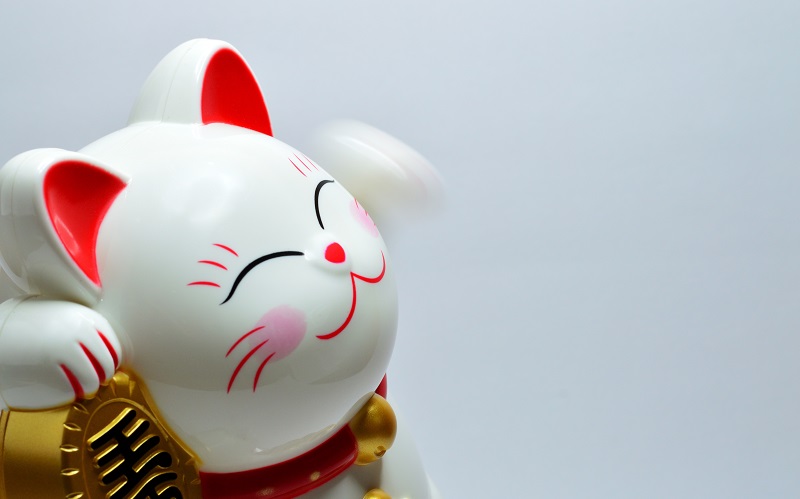Known as the Chinese Lunar New Year, the Chinese New Year is considered as the most important traditional holiday of the Chinese people. The Chinese New Year is also the longest holiday in China. The celebration starts on the 1st day of the lunar calendar and culminates with the Lantern Festival. The Chinese New Year’s Eve is a day for families to come together for an annual reunion dinner- this practice is called ‘Eve of the Passing Year’. The ancient Chinese New Year celebration was a celebration of how people behaved and their beliefs.
Today, the Chinese New Year is celebrated in nations with significant Chinese populations like Hong Kong, Mainland China, Macau, Thailand, Taiwan, Singapore and the Philippines. In countries like Canada, United States and Australia, although it isn’t declared as an official holiday, a lot of ethnic Chinese communities hold big celebrations and street parties. The period around the Lunar New Year is also considered as the biggest human migration. This is the time when the Chinese migrant workers and overseas workers all over the world go home to have reunion gatherings on New Year’s Eve. This period is tagged as chunyun, which literally means Spring Festival transportation.
Mythology of the Chinese New Year
The origin of the Chinese New Year varies from teller to teller, but they all include the story of a mythical creature that constantly preyed on villages. This lion-like monster was named Nian, the Chinese word for year. Nian was believed to come on the first day of the year to devour crops, livestock, and villagers, most especially the children. The ancient stories also include a wise man who counsels villagers to ward off the evil creature by making loud noises using firecrackers and drum rolls.
One day, the villagers witnessed that the Nian was scared by a little child who was wearing red. From that day on, the people would hang red spring rolls and red windows on their doors and windows to keep the Nian away from their homes. The early Chinese villagers took the man’s advice and conquered Nian. The mythical capture was captured by a Taoist monk named Hongjun Laozu. The Chinese call the anniversary of that day as the passing of the Nian or the guo nian, a celebration synonymous to the Chinese New Year.
Chinese New Year Fast Facts:
- Chinese New Year is on January 23, 2012.
- 2012 is the year of the dragon.
- The traditional Chinese New Year celebration lasts for 15 days.
- Everybody goes home during this time of the year. It is also the busiest travel season all across China.
- The Lunar New Year is also viewed as the right time to do spring cleaning. The traditional Chinese people believe that cleaning the home before the celebration would keep bad luck away and ensure fortune for the year to come.
- Traditional foods include fish served at the end of the meal which symbolizes abundance, and a sticky cake called Nian Gow or Neen Gow.
- Red decorations are everywhere during this event, as Chinese considers the color red as ‘lucky’.
- Shou Sui is the tradition of staying up until midnight to welcome the New Year.
- People often greet each other by shouting phrases that are believed to bring in luck.
- Hong Bao is the Chinese tradition of giving children and singles money placed in red envelopes.
- Niangao is the Chinese New Year cake prepared from glutinous rice.
- Everybody becomes a year older on this day. The Chinese New Year is like a national birthday.
The end of the Chinese New Year is celebrated as the Lantern Festival or Chap Goh Mei. Sweet glutinous rice balls or rice dumplings brewed in soup are traditionally eaten on this day. Candles are also lit outside homes to veer away bad luck.
The Chinese New Year is a great time to relax and enjoy and sweeten this occasion by going in for professional detailing services at DetailXPerts.





